
Forage agronomist & ruminant nutritionist. Reversed pre-diabetes in '07. Advocating ASF for metabolic health & sustainable food systems. Ruminant Revolution!
How to get URL link on X (Twitter) App


 So what's browse?
So what's browse?

 83% of all livestock feed is consumed by ruminants, which can utilize resources humans cannot consume directly.
83% of all livestock feed is consumed by ruminants, which can utilize resources humans cannot consume directly. 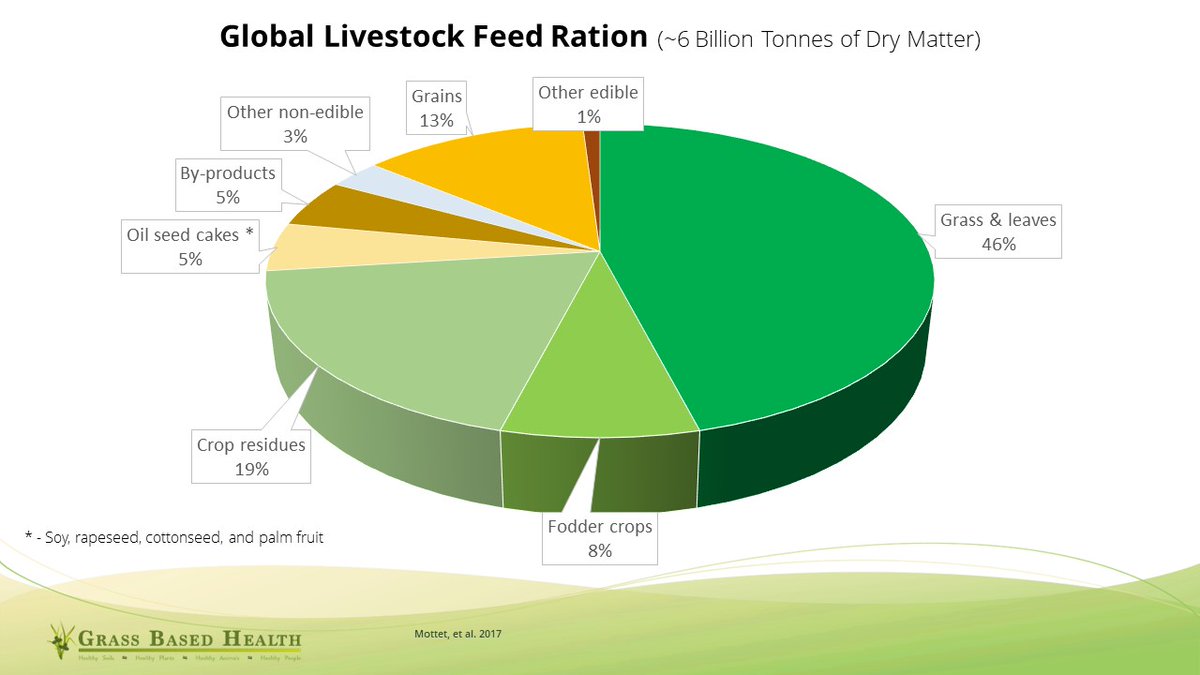

 The vast majority of our one Earth's surface is unsuited for the production of plant source foods. But it can produce plant fiber that ruminant animals are uniquely capable of using - converting a resource humans cannot utilize into food of highest nutritive quality.
The vast majority of our one Earth's surface is unsuited for the production of plant source foods. But it can produce plant fiber that ruminant animals are uniquely capable of using - converting a resource humans cannot utilize into food of highest nutritive quality.

 You might think you know what they mean by "nutrient dense," but let's check. So #dairy & #meat only qualify if they're low-fat because naturally-occurring animal fats are not nutrients, per DGA. Lettuce, a vegetable, does, per DGA. Does this fit your definition?
You might think you know what they mean by "nutrient dense," but let's check. So #dairy & #meat only qualify if they're low-fat because naturally-occurring animal fats are not nutrients, per DGA. Lettuce, a vegetable, does, per DGA. Does this fit your definition? 

 Previous graphic from globalnutritionreport.org/reports/2021-g…
Previous graphic from globalnutritionreport.org/reports/2021-g… 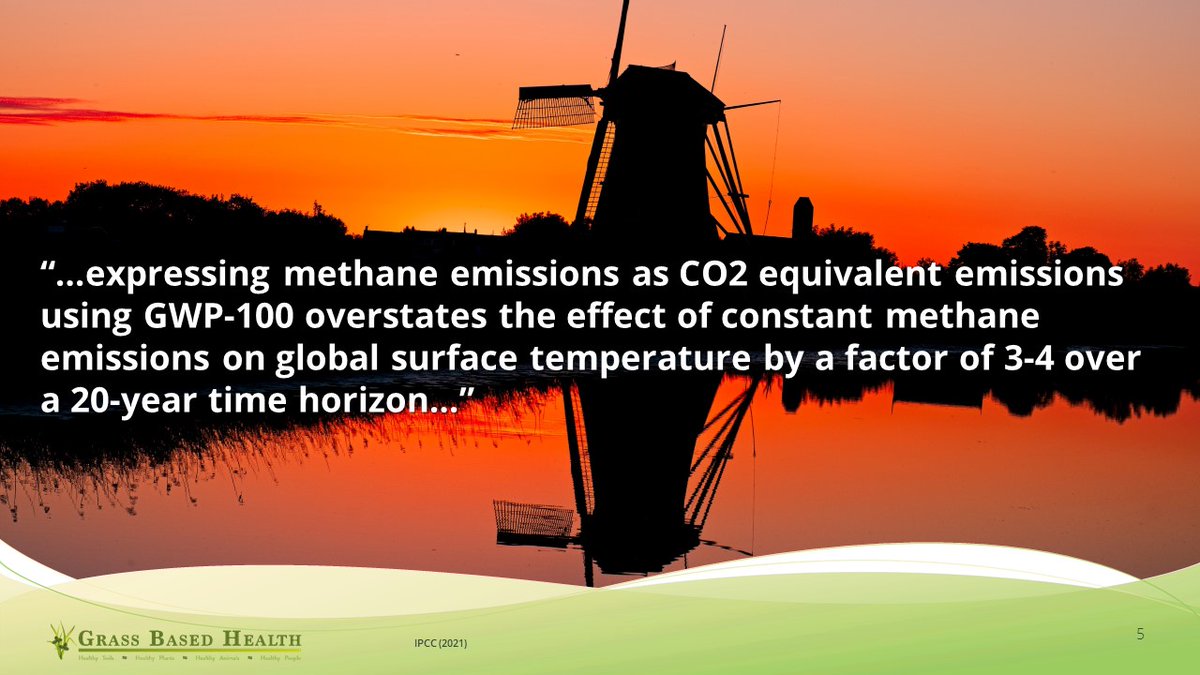
 2/4 And yet, even with this OVERESTIMATE, accounting emissions for the amount of foods needed to provide essential nutrients dramatically shifts the narrative. Now divide the beef or milk by 3...
2/4 And yet, even with this OVERESTIMATE, accounting emissions for the amount of foods needed to provide essential nutrients dramatically shifts the narrative. Now divide the beef or milk by 3...

 2/4
2/4
 2/9
2/9
 Tim A McAllister, PhD is Episode 62's guest. Dr. McAllister is a Research Scientist in Ruminant Nutrition & Microbiology with Agriculture and Agri-Food Canada in Lethbridge, Alberta.
Tim A McAllister, PhD is Episode 62's guest. Dr. McAllister is a Research Scientist in Ruminant Nutrition & Microbiology with Agriculture and Agri-Food Canada in Lethbridge, Alberta.
 2/6
2/6
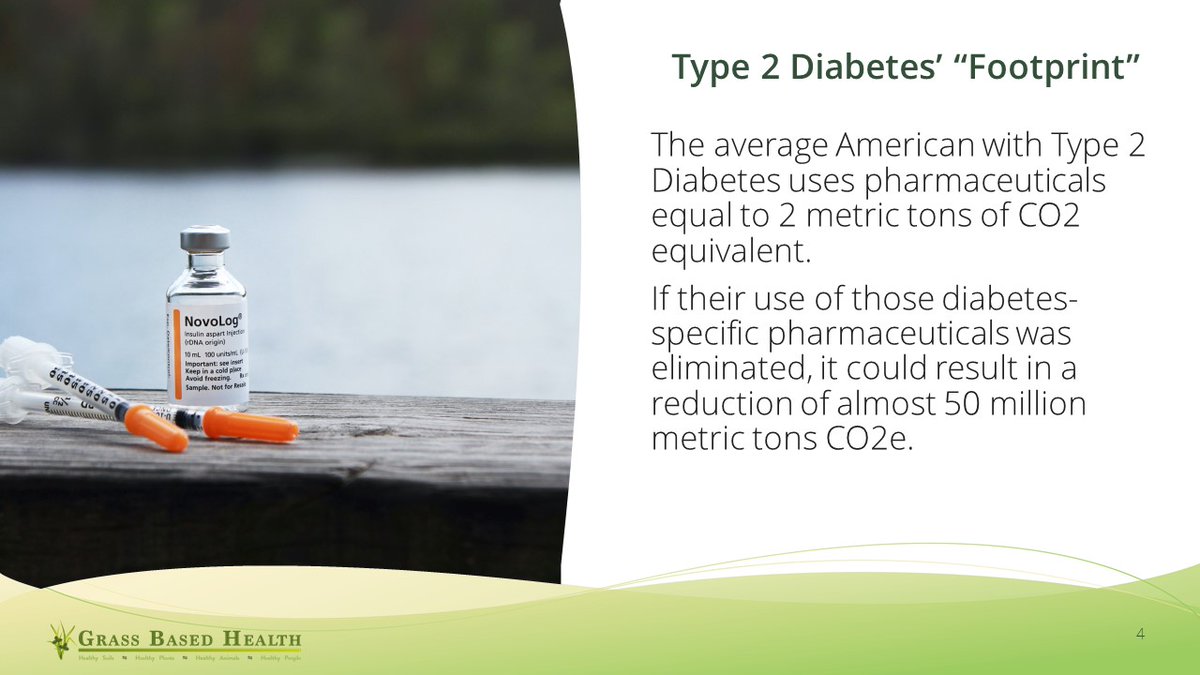
 2/n
2/n

 1b
1b


https://twitter.com/nsngfoods/status/1287029637466460165Sodfather's runnin' with the big dogs again...


 2. ...and the amino acid contents of those samples. Consider the implications for food tables and labels (which are typically based on the average values listed in tables)...
2. ...and the amino acid contents of those samples. Consider the implications for food tables and labels (which are typically based on the average values listed in tables)... 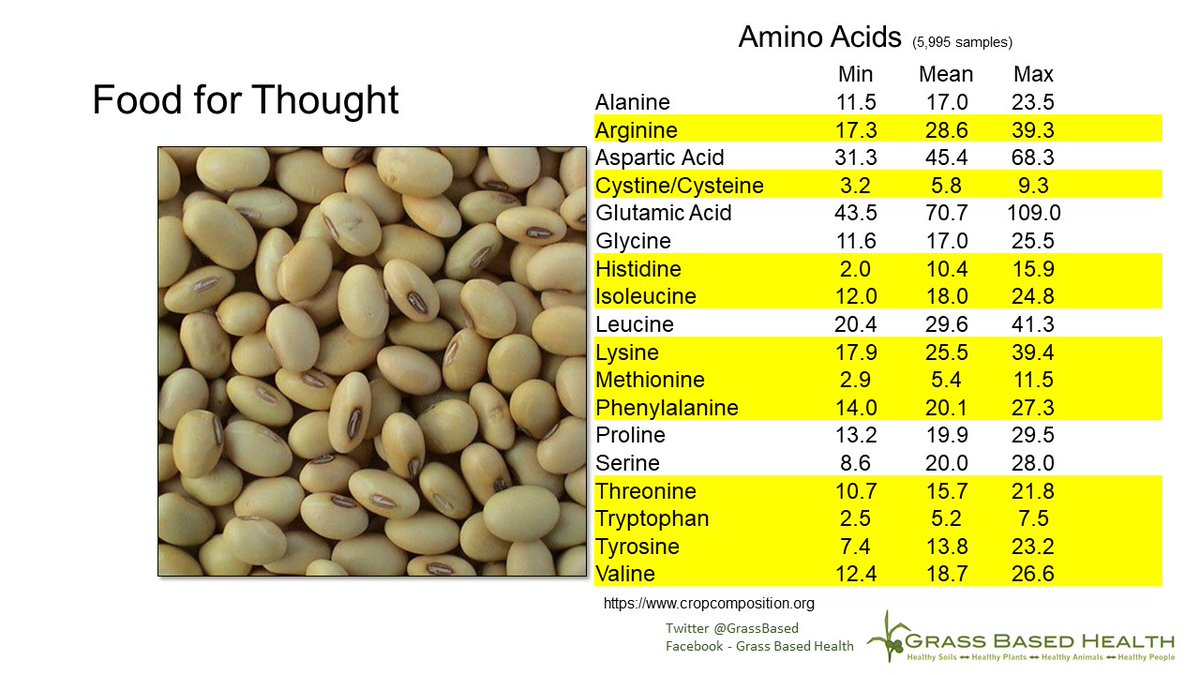
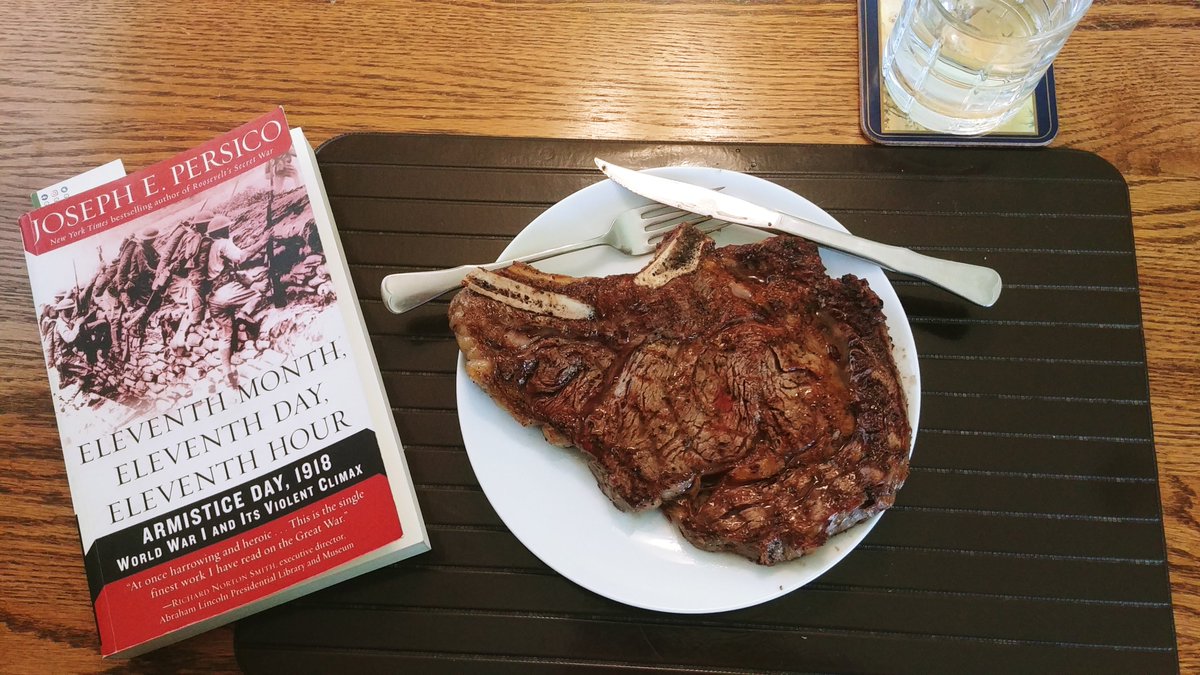
 page 382
page 382
 2. Well, for one thing, I've been taught the difference between "policy" and "science." For example: Policy, once established (regardless of scientific merit), resists change. hat tip to @ahhite
2. Well, for one thing, I've been taught the difference between "policy" and "science." For example: Policy, once established (regardless of scientific merit), resists change. hat tip to @ahhite 

https://twitter.com/DrPaulMason/status/1273936192313020417Tickets are $19.99 USD